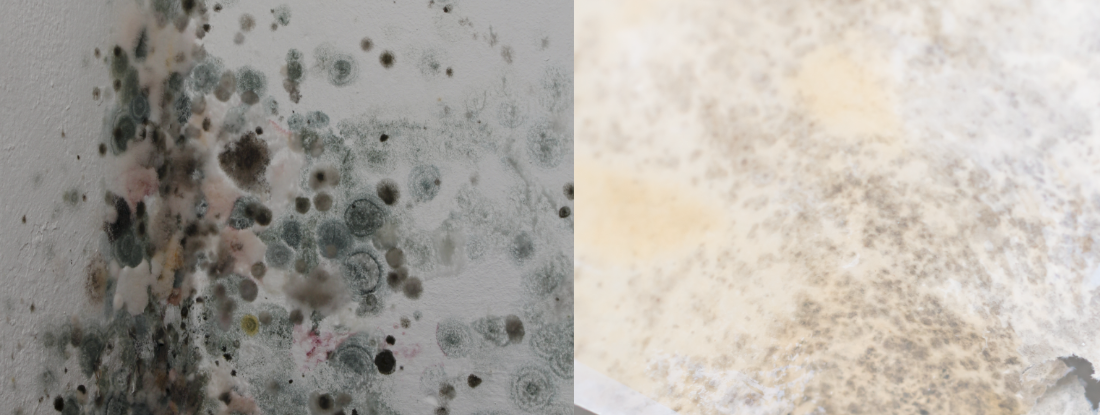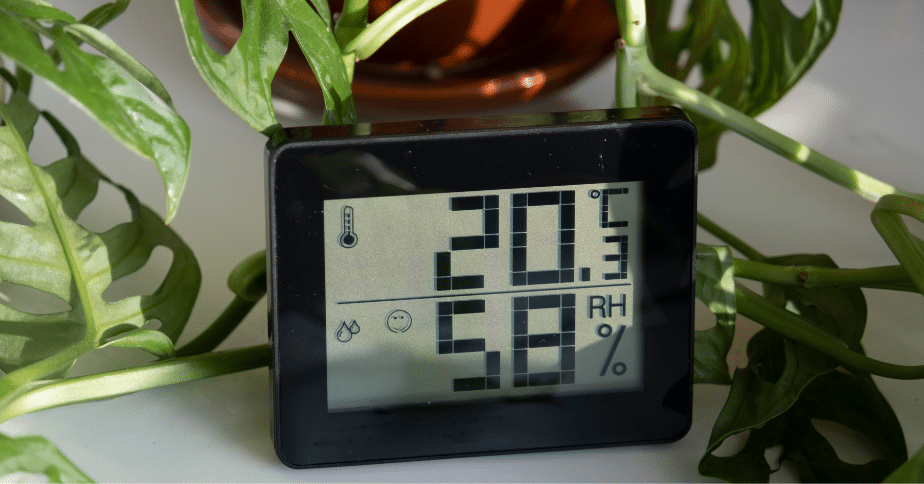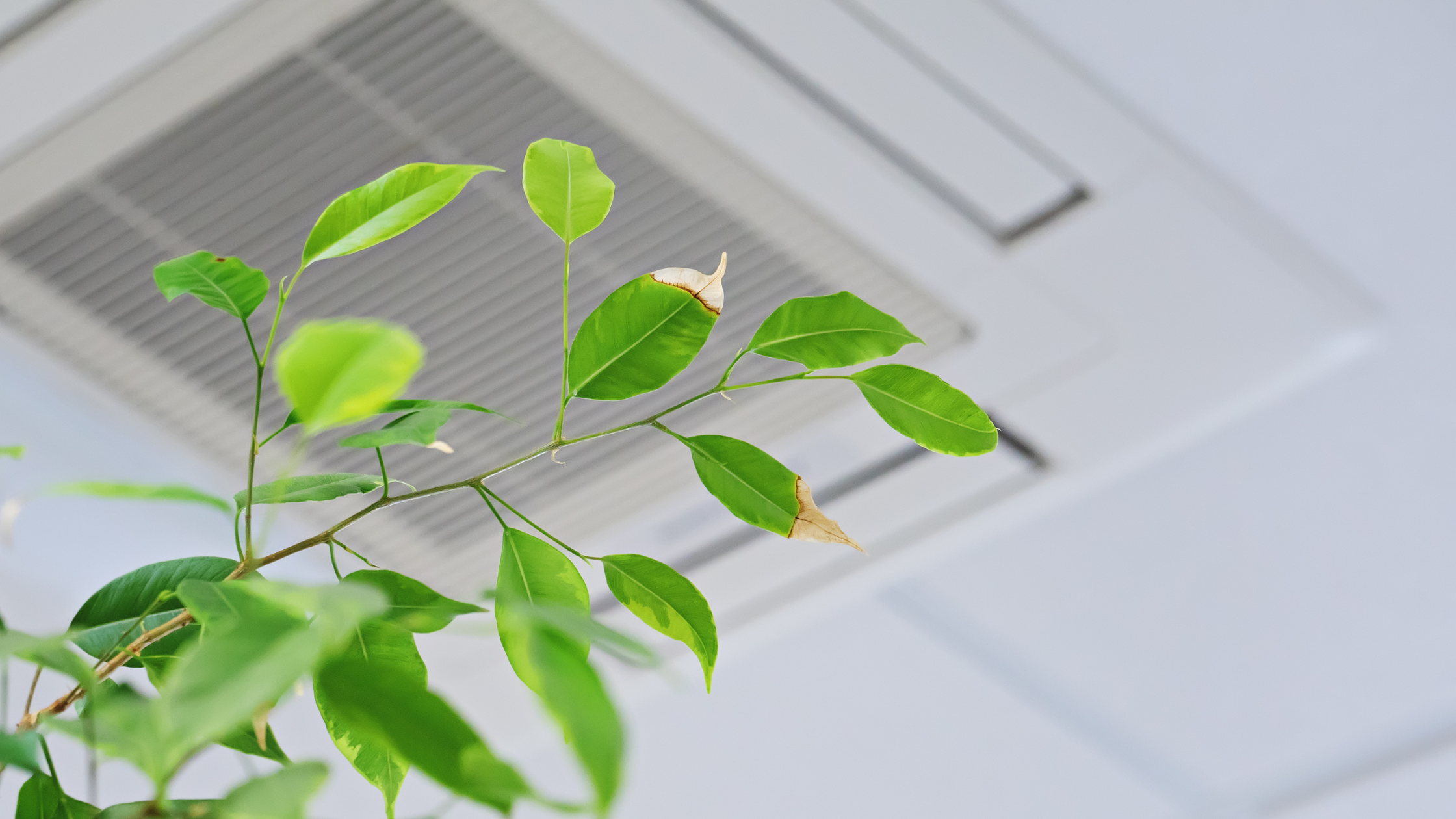Black Mold vs. White Mold

Mold comes in many different forms, shapes, sizes, smells, colors, you name it, the differences are endless. The most speculated types of mold are white mold and black mold with the black mold being the most common. A frequently asked question that sometimes goes unanswered is, what are the differences between white mold and black mold?
Black mold
First, we’re going to give you the rundown on black mold. Black mold, technically termed Stachybotrys chartarum, is both dangerous and toxic to both humans and pets. The way black mold forms is by feeding off natural food sources including wood and dust in moist areas. The CDC offers a large collection of information on black mold and common questions asked. The most common places in homes and buildings black mold forms are under sinks, in basements, inside walls, and around windows and AC units. Often times, some molds can look just like black mold but actually are very dark green, gray, and brown and just assumed to be black mold. Depending on whether or not people living in homes with black mold are experiencing symptoms and how severe the infestation is, will determine if you need to leave completely, or just avoid areas where black mold is found. We suggest airing on the side of caution and removing yourself and pets from homes and buildings where black mold is found.
White mold
Industry professionals have long debated the categorization of white mold. White mold can be considered the beginning stage of many different types of mold. To simplify this, white mold can be a young black mold or a growing Stachybotrys chartarum. White mold is also an adult type of mold. Generally, white mold is identified as what you see growing on food and plants at the beginning stages before it turns into a different color but is also prevalent in homes and buildings. Just like black mold, people should consider white mold dangerous and get it tested as soon as possible. If it is mold at the beginning stages, it is best to catch it before it spreads and releases spores into the air.
Take precautions Against mold
To conclude the differences between black mold and white mold is mold is mold and it should be treated the same. Take the same precautions with white mold, as you would with black mold. Always air on the side of caution when dealing with the mold of any color. Be sure to reach out to mold professionals in your area when you find mold whether it be white, black, blue, gray, or green.



